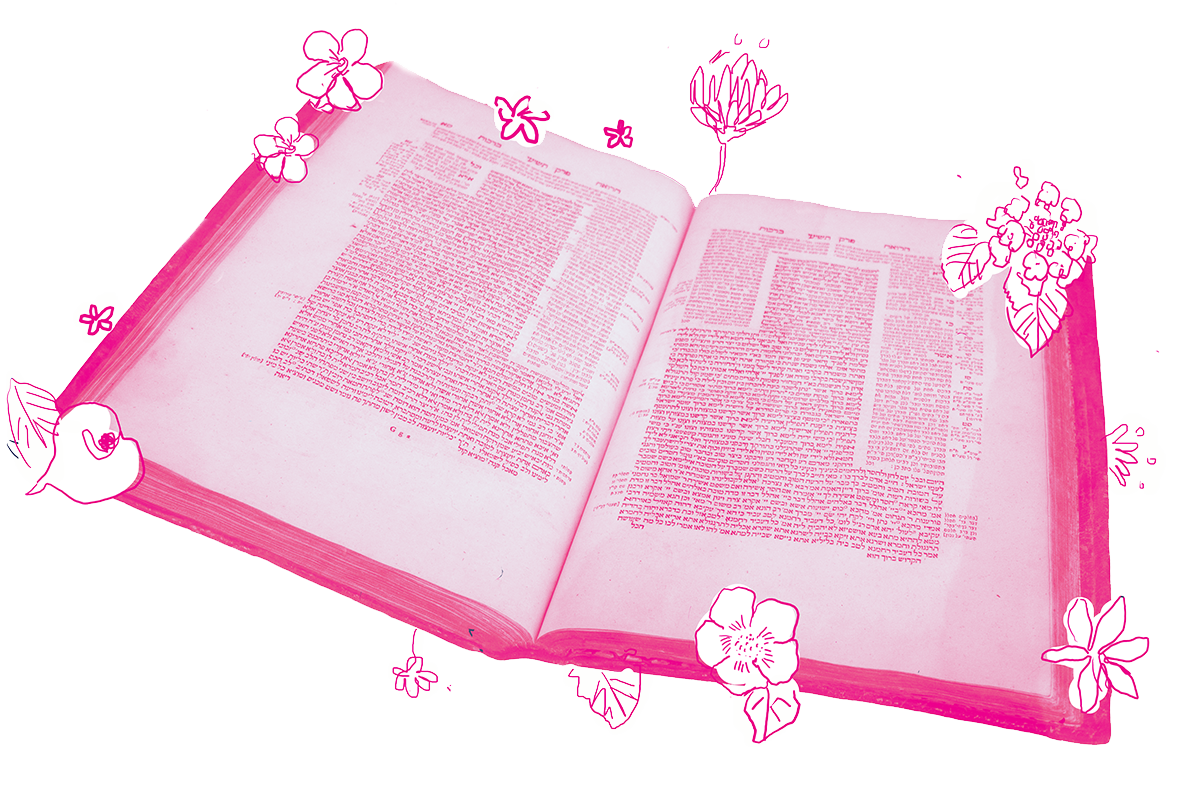In ancient times, before you could consult a calendar to know the exact day, the first day of the new lunar month was determined by observation. Since lunar month are about 29.5 days long, there was a possibility the new month could begin on one of two days. Witnesses would come to Jerusalem and testify that they had seen the sliver of a new moon in the sky. If their testimony was accepted, word would be sent out to all the Jewish communities, near and far, to let people know the new month had begun and, in relevant months, on which days upcoming holidays (usually on the full moon, the 15th of the month) would fall.
According to a mishnah quoted on today’s daf, back when the Temple stood, the sages had an ingeniously efficient mechanism for informing outlying communities that a new month had been declared:
Initially, after the court sanctified the new month, they would light torches on the mountain tops, from one peak to another, to signal that the new moon had been sanctified.
In order to get the word out quickly, mountain-top signal fires were used (an idea replicated in the Lord of the Rings). However, there was a flaw that tanked this system. The Samaritans, a rival group that broke from the Jewish community about 500 BCE and had different ideas about the calendar, would sometimes disrupt these signals by lighting decoy fires:
With your help, My Jewish Learning can provide endless opportunities for learning, connection and discovery.
After the Samaritans disrupted this method by lighting torches at the wrong times, the sages instituted that messengers should depart to inform the people of the start of the month.
Sending news to Jews in the Diaspora by messenger takes much longer than communicating by signal fire, and sometimes communities would not hear about the new month in time to celebrate holidays on the correct day. Therefore, some Diaspora communities began celebrating a holiday on two days, without knowing whether the previous month had 29 or 30 days, which would ensure they were celebrating on the right day. This is the origin of the second day of Yom Tov (holiday observance on which labor is restricted) in the Diaspora. It’s the reason that many Jewish communities have two seders on Passover, two days of Shavuot, two festival days at the beginning of Sukkot, etc.
There is some evidence that this was not meant to be a permanent system. In the Gemara, Abaye suggests that:
If the Samaritans had desisted from their interference, the sages would have restored the earlier custom and we would observe only one day.
In other words, once the Samaritans stopped messing with the signal fires, there would be no need for using the slower, less reliable system of messengers to announce a new month in the Diaspora and, as a result, no need for a second Yom Tov.
Of course, now there is a fixed calendar, as there was even in the time of the Talmud. Following this logic, the Gemara asks what we all are now thinking: Why do we still have two days of Yom Tov?It gives the following response:
Although now there is a fixed calendar and there is no uncertainty, be careful to observe the custom of your ancestors that you received, because at times the monarchy will issue decrees of persecution restricting Torah study and the fixed calendar may be forgotten, and the people will come to have their proper observance of the festivals be disrupted again.
Given the instability that our rabbinic ancestors experienced in the land of Israel and in Babylonia, this precaution may have been prudent in their time. But does it still make sense in ours?
The Jewish calendar is readily available to us through multiple media and it is hard to imagine a world in which the “fixed calendar will be forgotten.” At the same time, the “custom of our ancestors” to celebrate two days of Yom Tov has been with us for centuries. That is a modern makhloket.
From its beginnings in the 19th century, the Reform movement chose to observe only one day of Yom Tov, adhering to the biblical calendar and setting aside the rabbinically imposed second day because the reasons to continue doing so were deemed no longer applicable. Other movements, however, have maintained the two day celebration in Diaspora in keeping with this talmudic declaration.
Read all of Beitzah 4 on Sefaria.
This piece originally appeared in a My Jewish Learning Daf Yomi email newsletter sent on September 4th, 2021. If you are interested in receiving the newsletter, sign up here.



